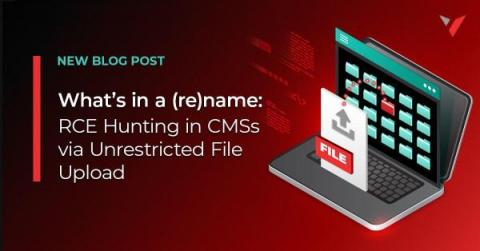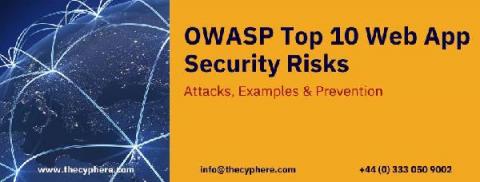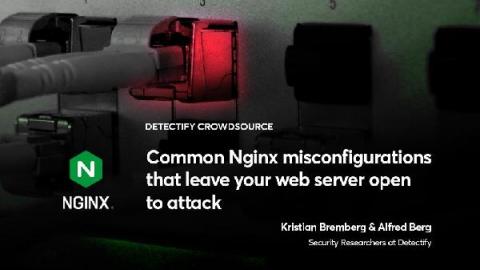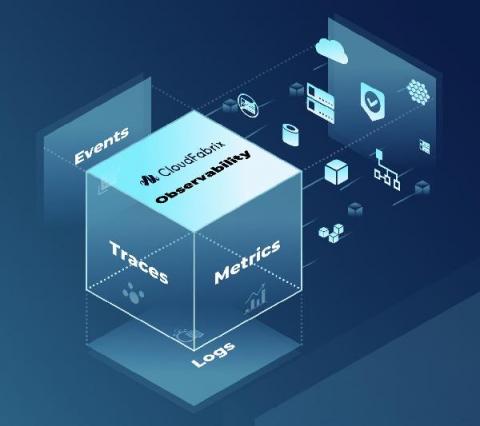What's in a (re)name: RCE Hunting in CMSs via Unrestricted File Upload
During a recent bug hunting binge I discovered my first two vulnerabilities that could be exploited to achieve remote code execution (RCE). No bragging rights were earned though, because finding and exploiting these issues was incredibly straightforward. I’m not humble bragging here (I wish). In fact, the issue underlying both vulnerabilities, which each affect a different content management system (CMS), is very basic and was literally the second thing I checked for.











